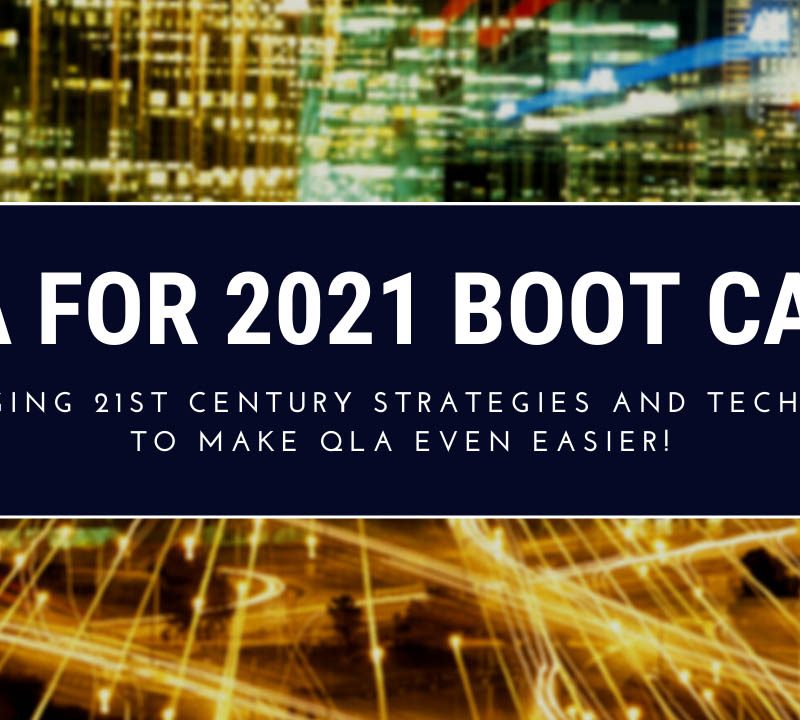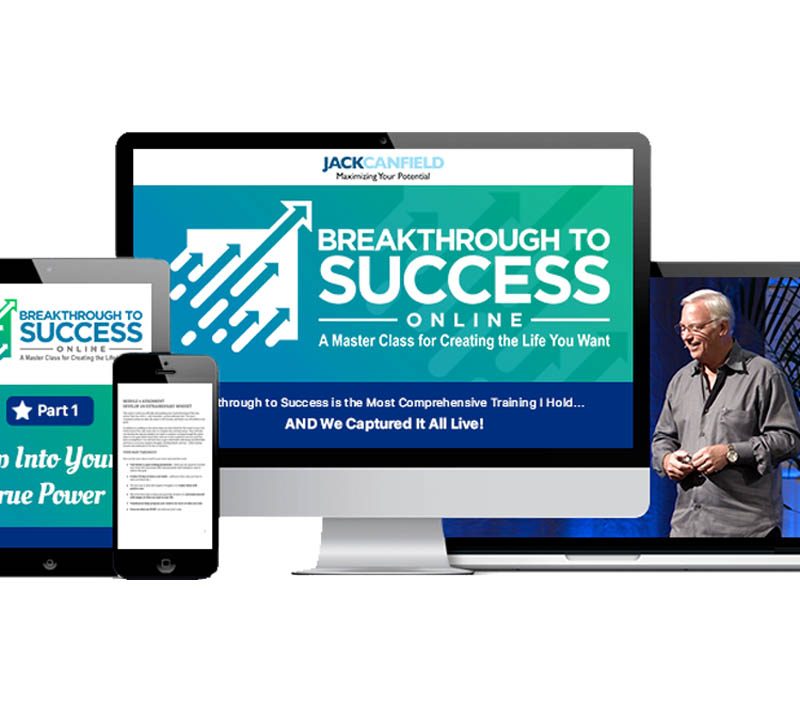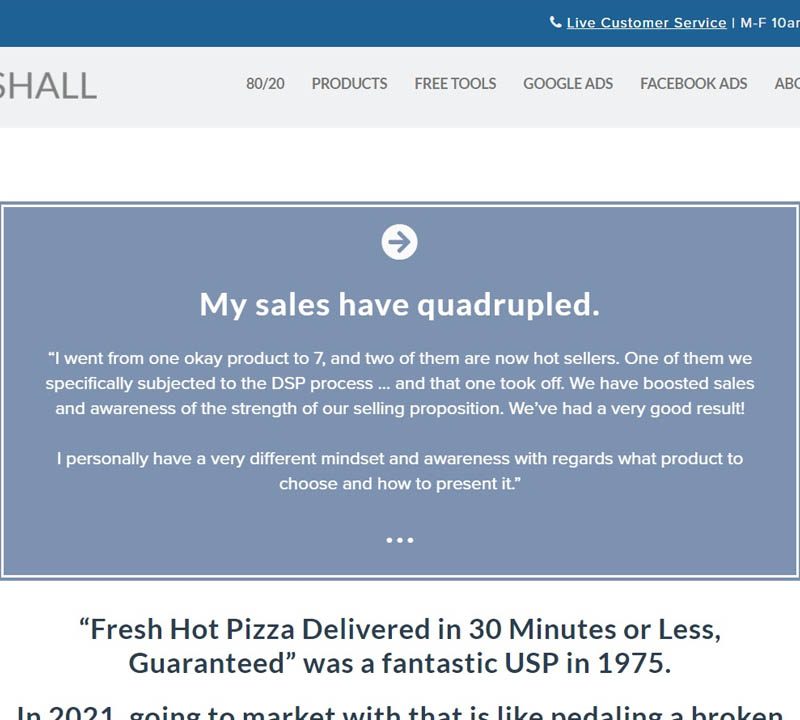The Attention Accelerator – Matt Giaro
$12.00
Discount 20% if your total cart over $150
- Satisfaction Guaranteed
- Fast and forever download link
- Secure Payments
- Reupload FREE
Description
Finding another word for extrovert is about more than just semantics; it’s about understanding diverse personalities and the power of genuine visibility in a crowded world. It’s about breaking free from the echo chamber of the ordinary and embracing the radical differentiation that truly captures attention.
Another Word For Extrovert

To thrive in a hyper-competitive environment, it’s no longer enough to simply be good at what you do. You must be seen; you must be heard. The challenge is that the online landscape is overflowing with content, creating a deafening chorus of voices all vying for attention. Consider the struggle of creators and businesses aiming to cut through the noise and connect with their audience. Think of them as talented musicians playing in a crowded bar— their skill and passion are irrelevant if no one can hear them. The core problem isn’t a lack of talent or value, but a lack of visibility. This section will explore some different terms, what it means and the importance of finding your voice.
Defining the Core Challenge: Beyond Competence
Expertise alone is no longer a guarantee of success; it is useless without widespread attention. “Having the optimal expertise in the world means absolutely NOTHING if your target audience doesn’t know you exist,” the document emphasizes. This brutal truth underscores the central problem: in today’s world, visibility precedes value and expertise. You might possess unparalleled knowledge and brilliant ideas, but if you remain undiscovered, your potential impact is severely limited.
It’s like having the cure for a disease locked away in a lab that no one knows exists. The cure remains unused, its potential unrealized, because there is no awareness of its existence. Imagine a renowned scientist working tirelessly on a groundbreaking discovery, but their work is buried beneath a pile of unread research papers, unnoticed by funding agencies and potential collaborators. Their brilliance remains hidden, a testament to the fact that knowledge, no matter how profound, is rendered useless without the spotlight of attention.
The common misconception is that quality will naturally rise to the top. However, the internet is a chaotic marketplace where algorithms and fleeting attention spans often favor flashy, superficial content over deep, meaningful expertise. Consider this harsh reality: attention isn’t given; it’s taken. The document clearly states, “Don’t expect people to care – because they won’t. Unless you’re actively working on taking attention. Attention is taken. Not given.” This proactive approach is crucial because relying on passive exposure is a recipe for obscurity. You must actively seek out and command attention through strategic and deliberate action.
The emphasis shifts from simply creating good content to actively promoting and differentiating it in a way that captures and holds the audience’s interest. It requires a shift in mindset from a focus on internal quality to a focus on external visibility. It’s about mastering the art of attracting and holding an audience captive, of understanding the psychological levers that drive engagement and influence.
The Illusion of Charisma and Imitation
Many creators believe that mimicking charismatic figures or copying successful strategies is the path to attention. However, this approach often leads to the opposite effect: becoming a carbon copy of everyone else. The document warns against imitating successful creators, stating that “Instead of standing out, you end up sounding like a carbon copy of everyone else.” By trying to replicate what others have done, you essentially dilute your own unique voice and brand, rendering yourself indistinguishable in a sea of similar content. This lack of originality hinders your ability to be seen as an authority or expert in your field. The focus should be on identifying and amplifying your own authentic style and perspective. In a world where so many are trying to follow the same formula, true success lies in the courage to be yourself, to embrace your uniqueness, and to project your distinct personality.
Consider the cautionary tale of countless aspiring musicians who emulate their favorite artists, hoping to capture the same fame and fortune. They meticulously copy the artist’s style, their lyrics, even their stage presence, but they ultimately fail to resonate with audiences who are already familiar with the original. They are merely echoes, lacking the element of surprise and authenticity that made the original artist stand out. Rather than striving to be a replica, focus on honing your craft, developing your own unique sound, and telling your own story. In doing so, you’ll not only distinguish yourself from the competition, but also attract an audience that genuinely connects with your art and your perspective.
The Dangers of Content Overload and Negativity
Another common misconception is that simply creating more content will solve the problem of invisibility. The document debunks this idea, stating that multiplying an indistinguishable product by 0, doesn’t change the outcome. Content volume is not an effective strategy if the content itself is not differentiated and engaging and producing endless streams of generic material will result in burnout. This strategy not only fails to create the desired impact but also consumes valuable resources that could be better invested in more strategic and innovative approaches. To create distinct material, it requires a different mindset, a new level of dedication.
Similarly, resorting to attacking competitors, while potentially generating initial attention, is ultimately a self-destructive strategy. A negative type of content might initially gain attention through controversy and outrage, but it doesn’t build trust or lasting relationships. The document warns that this “bulldog content” risks alienating audiences while competing with others willing to push boundaries even further. While quick hits can be tempting in our age, they are a long term detriment. Instead, adopt a focus on creating positive value, fostering genuine connections, and positioning yourself as a reliable and trustworthy authority in your niche. In the long run, this approach will not only attract a larger and more engaged audience, but also cultivate a positive reputation that will serve you well.
Negativity Breeds Negativity
The obsession with being “better” than competitors is a trap that many creators fall into. Focusing on “better value, quality, etc.” is subjective, exhausting, and a race to the bottom because others can always outspend or offer more. The audience isn’t looking for better; they’re looking for something else that resonates with them on a deeper level. Many creators become trapped in a cycle of relentless comparison, constantly striving to outdo their competitors in every aspect of their business. They may invest heavily in developing superior products, offering more competitive prices, or providing exceptional customer service, all in the pursuit of gaining a competitive edge. The danger is that this pursuit of “better” becomes an endless and ultimately unsustainable rat race. This section explores the effects of negativity and how to overcome it.
The Exhausting Pursuit of “Better”
The concept of “better” is incredibly subjective and constantly shifting. What one person considers “better,” another might view as unnecessary or irrelevant. Chasing this elusive target can lead to a constant cycle of upgrades, revisions, and improvements, consuming vast amounts of time, energy, and resources. Even if you manage to achieve a temporary advantage, competitors can quickly catch up or even surpass you, rendering your efforts futile.
Furthermore, the pressure to constantly be “better” can create a toxic work environment, fostering stress, anxiety, and burnout among employees. This can stifle creativity, innovation, and overall productivity, ultimately harming your long-term prospects. The pursuit of “better” is not only exhausting but also fundamentally flawed. It is based on the mistaken assumption that customers are solely driven by objective criteria and that they can easily compare and evaluate the relative merits of different products or services.
Consider the example of a local coffee shop that’s solely focused on constantly improving their product. While having a good product is a building point, how do they distinguish themselves from a StarBucks? Do they try to offer better pricing? Better product? A more pleasant experience? All of these things can be offered by other shops, so what is the value proposition that would convert a Starbucks customer to this local shop? Instead of focusing exclusively on the pursuit of “better,” it’s imperative to identify and emphasize your unique value proposition, that special something that sets you apart from the competition. The focus needs to shift from the never-ending chase for “better” to a deliberate strategy of differentiation. Instead of trying to be all things to all people, focus your efforts on serving niche markets that appreciate your unique offering.
The Power of Uniqueness: Standing Out From the Crowd
Imagine you’re walking through a crowded marketplace, filled with vendors shouting about their wares. Everyone claims to have the “best quality” or the “lowest prices.” How do you decide where to spend your money? The key is to find something that speaks to you on a personal level, something that resonates with your values, your desires, or your sense of identity. You might be drawn to a vendor who tells a compelling story about the origin of their products, or one who offers a unique twist on a classic item, or one who simply exudes authenticity and passion for their craft. These qualities, are what truly capture our attention and influence our decisions.
The document highlights the critical importance of radical differentiation: “You don’t need to be better than everyone else. You need to be DIFFERENT from everyone else. And not just a little different. Radically different.” People desire a breath of fresh air, an original voice, an experience that resonates with their individual needs and aspirations. The emphasis should be on carving out a niche for yourself, on embracing your unique strengths, and on developing a distinct brand that stands out from the sea of sameness. Focus on understanding your target audience extremely well, and customize your content towards that audience. Doing these thing well will resonate with an ideal audience and capture their attention.
The Appeal to Deeper Values and Aspirations
Instead of constantly comparing yourself to others, focus on what makes you unique; tell the stories no one else can tell. It’s about identifying your core values, your mission, and your unique perspective, and then crafting a brand that authentically reflects these qualities. Be willing to take risks, to challenge conventional wisdom, and to express your authentic self, even if it means alienating some. Cultivate genuine relationships with your audience, listening to their needs, addressing their concerns, and creating a community where everyone feels valued and respected. By focusing on authenticity, differentiation, and connection, you can create a brand that not only stands out from the crowd but also resonates with consumers on a deeper level. You need to be another word for extrovert, get out there and talk!
Consider the analogy of the leaf-tailed gecko (blending in) versus the tiger (commanding attention). The gecko relies on camouflage to survive, blending seamlessly into its environment, while the tiger uses its bold stripes to announce its presence and assert its dominance. In the content jungle, too many creators act like geckos, hiding in the shadows, hoping to avoid attention and criticism. Differentiation comes from being a tiger— embracing your natural distinctiveness, and moving with confident authenticity. Strive to be the tiger, boldly and unapologetically embracing your unique identity. Don’t be afraid to roar!
Gerald Grain Prices
To truly capture attention, creators must harness the power of psychology. The document identifies eight “psychological levers” that can be leveraged to make content more memorable, engage audiences, and foster lasting connections. This section pivots to the significance of integrating psychological principles in content creation to increase visibility and audience engagement, with an unexpected detour into gerald grain prices, analyzing how seemingly unrelated data can spark creativity.
Stories: Weaving Experiences Into Content
The first lever is storytelling. As the document states, “Humans are wired for stories. They activate multiple areas of the brain and make things 22x more memorable.” Stories have the power to transport us to other worlds, to evoke emotions, and to create lasting impressions. By sharing unique personal experiences, creators can make their content more relatable, engaging, and unforgettable. Think of a world class athlete talking about an injury; It doesn’t need to be that extreme, it needs to just be unique and told well.
Effective storytelling involves much more than simply recounting events. It requires crafting narratives that resonate with your audience, that tap into their emotions, their values, and their aspirations. Use vivid language, sensory details, and compelling characters to bring your stories to life. Don’t be afraid to be vulnerable, to share your struggles, and to reveal your humanity. Make sure the stories you are telling are unique to you, and not fabricated accounts that would break the trust of the audience.
Insights: Sparking “Aha” Moments
The next lever is insights. According to the document, “Insights are aha moments that make people stop scrolling and start thinking.” Insights offer new perspectives, challenge conventional wisdom, and provide valuable solutions to audience problems. The release of dopamine makes people want to continue in the rabbit hole that has just been presented. In order to make something more marketable, insightfulness can be the answer. It is crucial.
To generate insightful content, creators must cultivate a deep understanding of their target audience, their needs, their pain points, and their aspirations. Conduct rigorous research, analyze data, and stay up-to-date on the latest trends and developments in your field. Don’t be afraid to challenge assumptions, to question established beliefs, and to offer alternative perspectives.
Delivery: Surprising Presentation
Delivery involves presenting content in unexpected formats. The element of surprise can be a simple and low-risk way to stand out. Creators in this day need to consider thinking out of the box to present their information. Podcasts are currently seeing a rise, are there things you can do with a podcast to make it more marketable? How can you present it so it becomes a dopamine release for the user? Some of these are the questions one should be constantly asking to improve one’s product.
To leverage distinct delivery, it involves experimenting with new formats, new approaches, and new technologies. Don’t be afraid to break the mold, to challenge conventional expectations, and to push the boundaries of your creativity. Consider short videos, interactive quizzes, or even augmented reality experiences, to showcase products in real time. Consider different approaches and technologies when you feel it is needed, and be confident in those strategies.
Style: Crafting a Recognizable Signature
Style relates to developing a unique and recognizable content signature. According to the document, this acts “pattern interruption” and also “recognition heuristic.” It’s about establishing a distinct visual identity, a distinctive voice, and a consistent brand message that resonates with your target audience. This could be something as simple as a distinct, personal catch phrase every time.
Building an attractive style takes time and effort. It requires careful consideration of your target audience, your brand values, and your competitive landscape. Experiment with different fonts, color palettes, and visual elements to create a unique and memorable brand aesthetic. If unique aesthetics are needed, it needs the resources to pursue the change needed to improve.
Gerald Grain Prices: An Unlikely Muse?
This point brings us to an odd, creative application of content strategies. What can Gerald grain prices tell us about creativity and standing out? The analysis of commodity prices, like that of grains, might seem entirely unrelated to the world of content creation and audience attention. However, a closer look reveals some intriguing parallels.
- Spotting Trends and Cycles: Just as grain traders analyze price fluctuations, content creators must be adept at identifying emerging trends and shifting audience preferences, capitalizing on timing.
- Understanding Supply and Demand: Grain prices are directly influenced by supply and demand. Similarly, content creators need to understand the demand for certain types of content and adjust their output accordingly.
- The Element of Unpredictability: Unexpected weather events can drastically affect grain harvests, leading to price spikes. In the same way, unexpected events or viral trends can create sudden opportunities for content creators to seize advantage.
- Risk Management: Grain traders use hedging strategies to mitigate risk. Content creators can also employ risk management, diversifying content formats, and building a strong community.
By examining something as seemingly mundane as gerald grain prices, you may stumble upon unexpected insights that can spark creativity, inform your content strategy, and ultimately help you stand out from the noise. Never shut yourself out to new ideas, take them all. Even the odd ones.
If Your Accelerator Becomes Stuck You Should
The document introduces the “The Attention Accelerator,” which is an online course designed to help creators stand out by embracing their unique identity. In this section, we dive into the course itself, exploring its methodologies, key techniques, and how it aims to help creators achieve audience attention in approximately 30 days. If your accelerator becomes stuck you should consider some of the issues that will be discussed in this section as well!
Course Overview: The Attention Accelerator
The Attention Accelerator promises to provide a structured method for applying the eight psychological levers and achieving audience attention within a relatively short timeframe. It emphasizes techniques such as AI-assisted storytelling, uncovering hidden market beliefs, developing contrarian views effectively, and building visual recognition. The Attention Accelerator is not a magic bullet; it’s a framework designed to guide the implementation of those techniques. When approaching this, be sure to keep a critical thought about the information that is shared.
The course’s rapid timeframe (30 days) suggests a highly intensive and action-oriented approach. This could involve daily or weekly modules, assignments, and exercises designed to quickly implement the course’s core principles. When following this training, one should try to follow how many things can be followed, to get the most out of the material.
Leveraging AI in Storytelling
The Attention Accelerator highlights the use of AI-assisted storytelling. AI can analyze vast amounts of data to identify trending topics, audience preferences, and successful narrative structures. It can also help generate story ideas, craft compelling characters, and refine writing style to maximize engagement. This can also have the problem of copying too much, so be careful when you pursue this that you add the needed human element to push out your unique version. It can also be very helpful in generating a brand.
However, it’s crucial to remember that AI is just a tool. The human element remains essential in crafting truly authentic and meaningful stories. The role of AI is to augment and enhance human creativity, not to replace it.
Uncovering Hidden Market Beliefs
One approach is to explore less obvious trends and beliefs to take advantage of an untapped audience. Finding hidden beliefs helps create content that resonates on a deeper level. This requires careful research and a willingness to look beyond surface-level trends. These beliefs might be something that could be potentially controversial, or they could be harmless and still untapped. The market is always changing, so continue to look.
Hidden beliefs is to first understand your target audience’s values, motivations, and pain points. Then, analyze market data to identify gaps in the current narrative, unrecognized needs, and unspoken concerns. Use surveys, questionnaires, and social media listening tools to gather insights and uncover hidden beliefs. By identifying and addressing hidden market beliefs, you can create content that sets your product or services apart.
Developing Contrarian Views
The Attention Accelerator emphasizes developing contrarian views effectively. Presenting well-reasoned alternative perspectives that challenge the status quo can trigger intrigue and capture audience attention. When presenting a contrarian view, it is vital to support your argument with solid evidence, logical reasoning, and compelling data. If proven wrong, you need to be ready to walk back your statement, or retool your point to fit new evidence. It can be hard to stay up to date on everything though, so if if your accelerator becomes stuck you should consider reviewing the work you have done for potential errors based on new information.
The key is to avoid being contrarian for the sake of being provocative. Always ensure that your alternative perspectives are grounded in sound reasoning and supported by credible information. Clearly articulate the flaws in the prevailing view and provide a compelling case for your alternative perspective and consider some of the other points in this course to make yourself stand out further.
Building Visual Recognition
Visual content is processed faster and remembered better than text. The Attention Accelerator emphasizes the importance of utilizing compelling visuals to capture and maintain audience attention. Visual content can include images, videos, infographics, animations, and interactive media. The world is visual, so a picture can be worth a thousand words.
Creating visually differentiating content involves a strategic approach. It should reflect your brand values, your target audience, and your content objectives.
Conclusion
Breaking free from the negativity breeds negativity mindset that plagues the online landscape requires a radical shift in perspective. Embrace differentiation above all else, using stories, insights, and unique delivery methods. It demands a deliberate effort to tap into psychological levers and to harness the power of AI while remaining true to human authenticity. By applying these principles, one can transcend the limitations of conventional strategies, conquer content invisibility, and unlock the true potential for audience engagement and lasting impact, but at the same time, be ready for anything like gerald grain prices. Another word for extrovert, get out there and capture attention!
Sales Page:_https://mattgiaro.com/courses/attention-accelerator/






 Perry Marshall – Definitive Selling Proposition
Perry Marshall – Definitive Selling Proposition